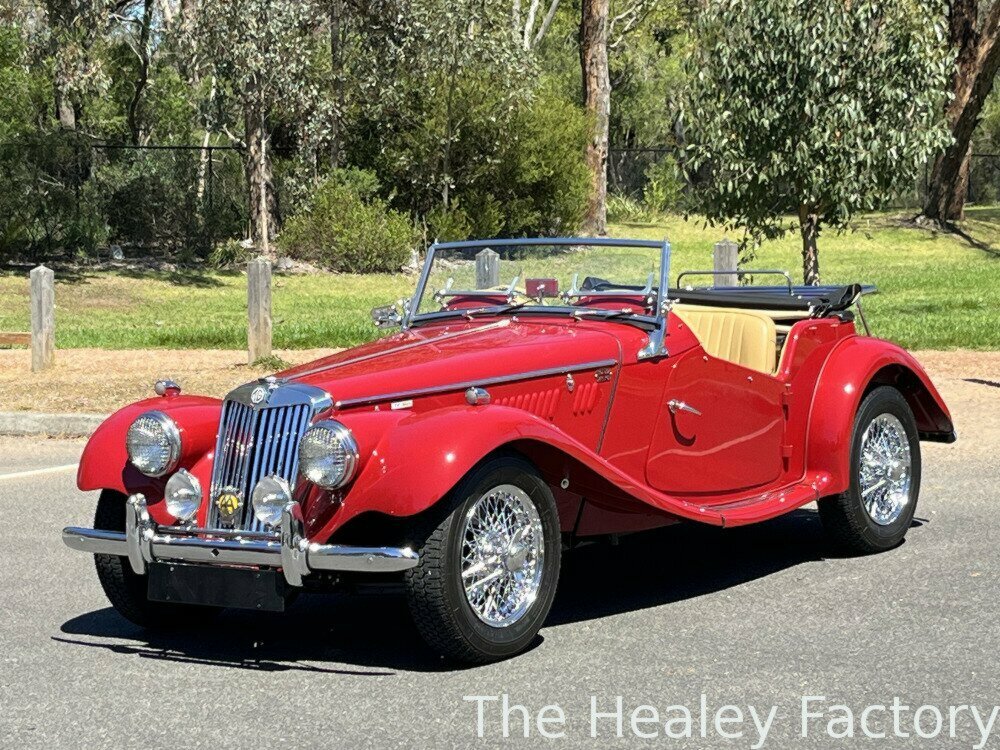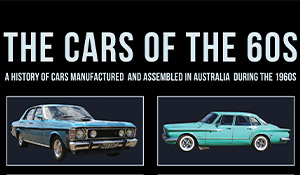Fisker Karmer Hybrid
While much press focus has been on small urban electric hybrids, to owners of traditional V8s and performance oriented cars, these buzz boxes are not likely to appear on their shopping list.
While car manufacturers are likely to make the majority of hybrid sales in urban areas where traffic congestion, pollution, etc. are major issues, there are a number of manufacturers that have shown it is possible to have your pie and eat it too. That is, to have a 'green' efficient hybrid that not only looks really cool, but has performance to match.
One such vehicle from supercar manufacturer, Fisker Automotive, is the Karma S concept.
First shown at the Detroit Motor Show in January, it has now progressed to production prototype.
The four-seat, plug-in hybrid hardtop convertible furthers the company's belief that driving style and performance need not be compromised for environmental friendliness.
The open air Fisker Karma S concept shares its aluminium space frame architecture and clean Q-DRIVE powertrain with the Fisker Karma sedan. Designed and engineered by Quantum Technologies exclusively for Fisker Automotive, Q-DRIVE provides 50 emission free miles on a single charge to its lithium-ion battery pack, and up to 403hp from two electric motors. The power retractable hard top, a first for Fisker, glides neatly into the trunk and a unique design language sets the Karma S concept apart.
The Fisker Karma plug-in hybrid electric vehicle will emit just 83g CO2/km and have an economy rating of 3.5L/100km, according to SAE methodology measuring emissions for plug-in hybrids.
The four-door Karma is one of the cleanest, most fuel efficient cars in the world, yet still offers world class style and performance.
Calculations developed by the Society of Automotive Engineers (SAE) estimate carbon dioxide output will be less than that of today's cleanest production cars and 75 percent less than that of competing vehicles, on average. Some 941 million litres of petrol could be saved and 2.3 million metric tons of CO2 offset from sales of 5,000 Karmas per year through 2016. Still, with 403hp and more torque than many supercars, 0-100km/h takes about six seconds and maximum speed is 201km/h.
"The Fisker Karma is the future of driving," said Henrik Fisker, CEO.
"It proves we can drive environmentally responsible cars without sacrificing the emotional things that made us fall in love with cars in the first place."
Fueling the Karma could cost just 0.02/km, consuming as little as 21 kilowatt hours per 100km in its electric-only Stealth mode, according to the SAE. However, a real world annual average would be closer to 0.05/km based on a mix of Stealth and Sport (petrol) mode use. Actual economy and emission results will vary depending on individual driving habits and usage requirements.
In Stealth mode - engaged on demand via steering wheel mounted paddle switches - the Karma can be driven into the growing number of traffic-restricting Low Emissions Zones (LEZ) across Europe.
The Karma will be the first production Plug-in Hybrid Electric Vehicle (PHEV) when it goes on sale in 2010. Its exclusive Q-DRIVE powertrain is expected to deliver an emission free 80km per full charge of its 22kWh/ 200kW Lithium-ion battery, and a total extended range of more than 480km through the use of its gasoline powered engine/generator.
The Karma recently made its first public driving debut, reaching speeds in excess of 160km/h utilising both Sport (hybrid) and Stealth (electric only) modes at Laguna Seca Raceway.















